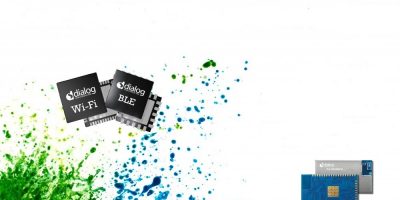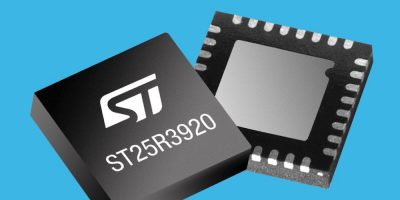Increased security for smart city installations is a feature of the MiFare DESFire EV3 IC, says NXP, claiming it ushers in a new era of security and connectivity for contactless smart city services.
It is the third evolution of NXP’s contactless MiFare DESFire portfolio. It is backwards compatible and offers enhanced performance with a greater operating distance and improved transaction speed. It is also claimed to deliver faster, more secure transactions that are truly contactless, such as paying for parking, accessing offices or campuses and using other essential city services; all touch-free.
The MiFare DESFire EV3 IC can be used by transit agencies, access control providers and system integrators.
The IC hardware and software are certified to Common Criteria EAL 5+, and the IC supports a broad choice of open crypto algorithms. A card-generated MAC helps to securely authenticate transactions, and a new Transaction Timer feature helps mitigate man-in-the-middle attacks making it harder for an attacker to interfere with a transaction. The new Secure Unique NFC (SUN) messaging feature is a secure method for maintaining data confidentiality and integrity. Each time a card, phone or ticket is tapped with the SUN feature enabled, an authentication message and crypto-secure URL are generated and sent to a server for verification, which makes taps unclonable, says NXP.
Support for MiFare DESFire EV3 will be integrated into NXP’s MiFare 2GO cloud service, which manages digitised MiFare product-based credentials and helps streamline mobile integration via NXP’s ecosystem. This will enable smart city services to be seamlessly deployed to NFC-enabled smartphones, wearables and other mobile devices, explains NXP.
For simplified deployment, each MiFare DESFire EV3 IC is pre-configured with keys to enable delegated application management, which supports seamless, over-the-air updates to already deployed smart cards using NFC-enabled smartphones.
NXP’s upcoming MiFare Plus EV2 IC will provide a drop-in replacement for upgrading existing MiFare Plus and MiFare Classic product-based installations to higher security.







